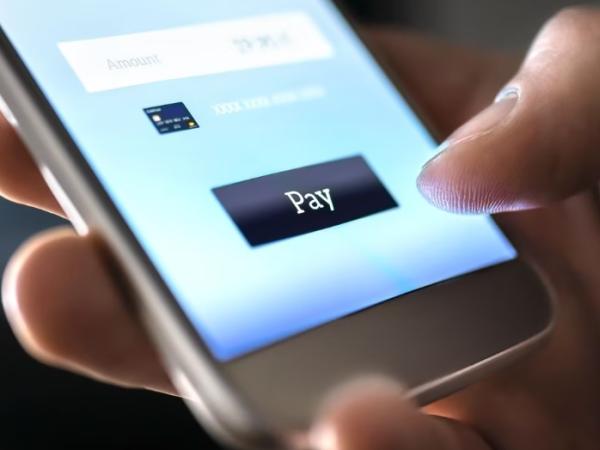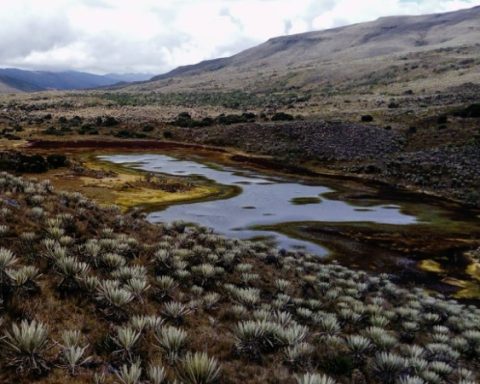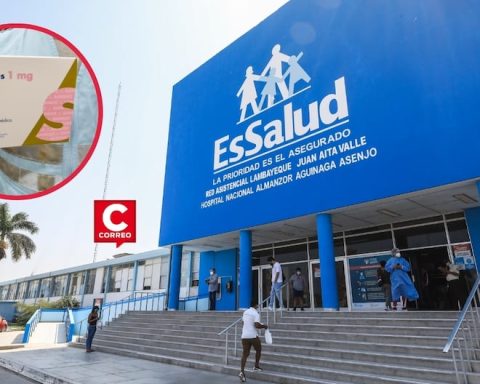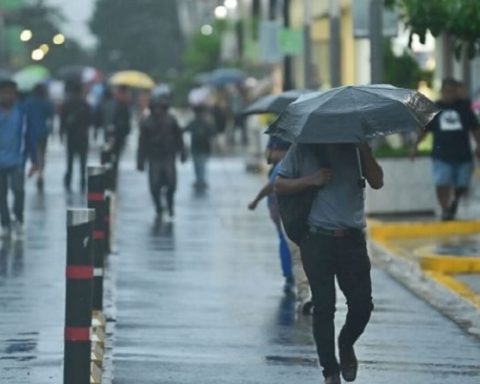The number of adults with at least one financial product deposit or credit reached 34.5 million at the end of September 2022, which corresponds to 92.1% of the total. In absolute terms, this represents an increase of nearly 300,000 people compared to June 2022.
(See: Banco Caja Social expects to increase accounts thanks to digital option).
The figures are recorded in the Quarterly Financial Inclusion Report (RIF) corresponding to September 2022, presented by Bank of Opportunities, the National Government program that promotes financial inclusion, which aims to promote access to financial products and services for vulnerable families, microentrepreneurs and small businesses, in order to reduce poverty, promote social equity and stimulate development.
The report mentions that, regarding the usethe percentage of adults with an active or current financial product rose from 76.9% to 77.7% Between June and September 2022, this implies that 29.1 million adults had at least one of these products active at the end of the third quarter of last year.
(See: They launch a new digital wallet for strata 1, 2 and 3: what it offers).
The report shows the increase in the number of adults who have at least one formal financial credit product with a credit institution, cooperative with financial activity or a microcredit NGO, which reached 13.5 million, corresponding to 36% of the country’s adult population.
The credit card was the most used credit product.
In total, 8.4 million adults had at least one valid plastic, followed by consumer credit with 7.7 million adults and microcredit with more than 2.4 million.
For his part, The products with the lowest penetration were housing loans, with 1.3 million, and commercial credit, with 441,000.
(See: Banco de Bogotá strengthens its bancarization agenda for retirees).
In the case of companies, 300,681 had some current credit in the formal financial system at that date.
Commercial credit was the one that obtained the highest penetration, 229,979 had at least one, followed by credit cards (95,050), consumer credit (79,441) and microcredit (5,020).
Additionally, Banca de las Oportunidades said that financial inclusion is restricted as the size of the companies is reduced.
Banks
What generates financing
Although access to formal financing has positive effects for Colombian households and companies, East “does not happen automatically”, the report says.
Access to financing mechanisms, as well as the provision of liquidity, are among the most common needs of Colombians and of smaller companies in the country. Both supply and demand barriers rationalize credit.
(See: 15% of adults made digital payments for the first time in a pandemic).
“That is why, from the National Government we have been working with the financial entities of the Bicentennial Group in the formulation of a credit inclusion strategy for the Popular Economy that seeks to promote an inclusive financial ecosystem, with a wide and diverse range of financial services, from providers of these services and distribution channels”, said Paola Arias, director of Banca de las Oportunidades.
He added: “These are adjusted to the heterogeneous needs of the traditionally underserved segment of the population.”.
According to Banca de las Oportunidades, the goal is to include the Popular Economy for the first time with loans of low amounts and short terms and, in this way, formal financing become a key lever for the growth of low-income population sectors in the country, that promotes the generation of income and the accumulation of productive assets and that combats informal financing schemes such as drop-by-drop.
BRIEFCASE

















